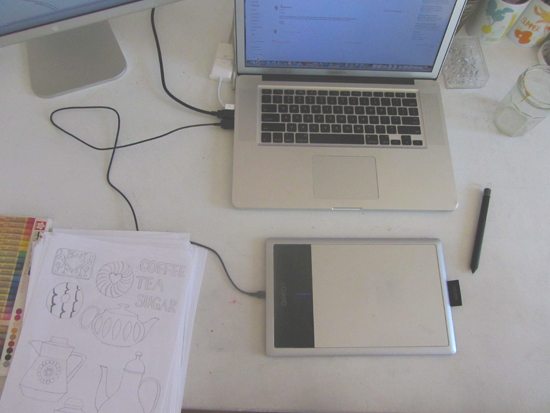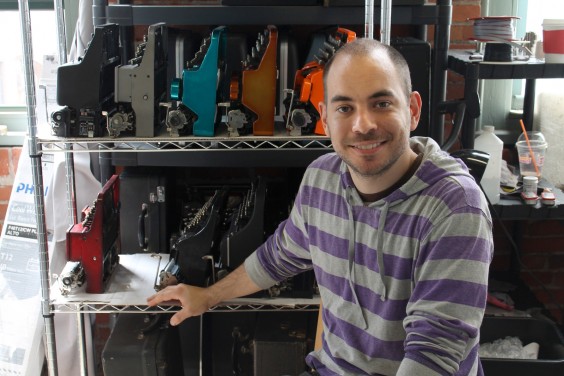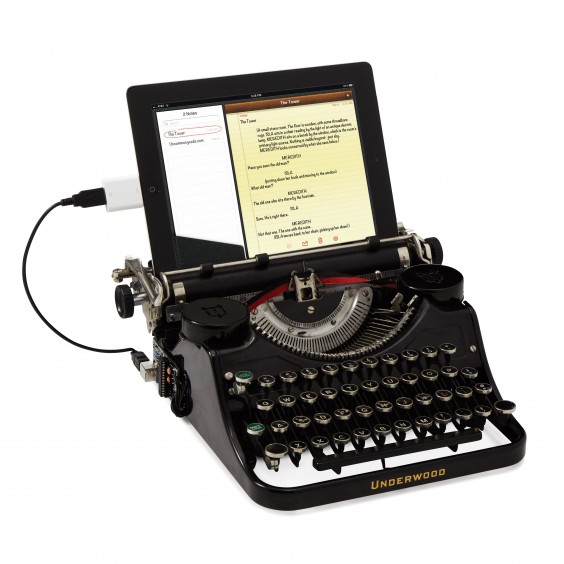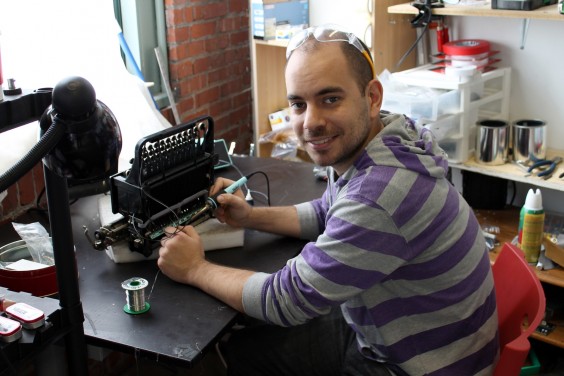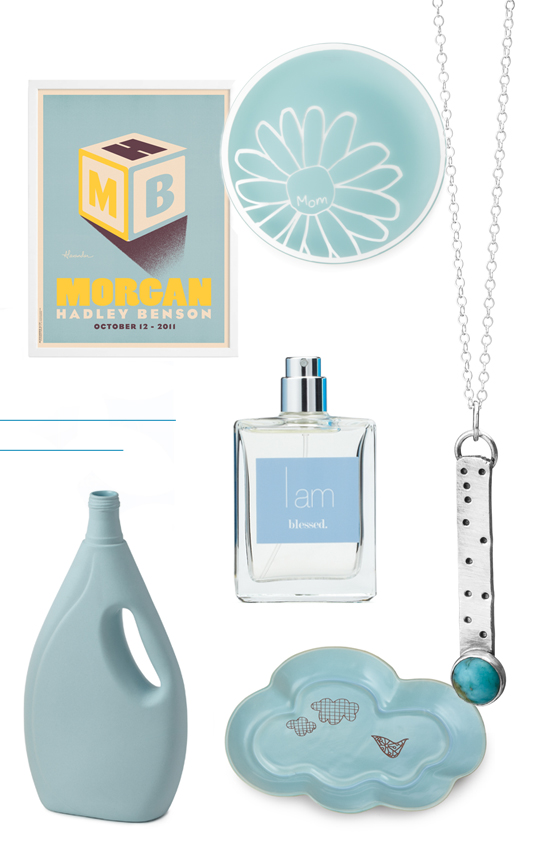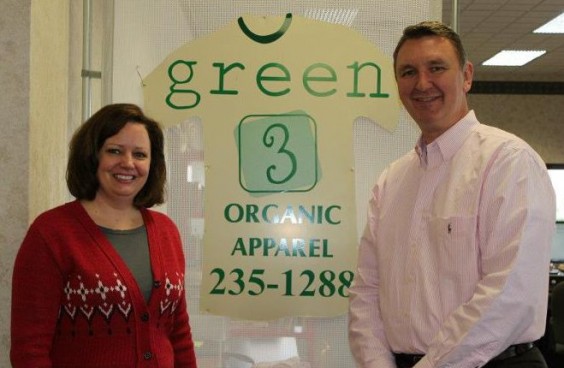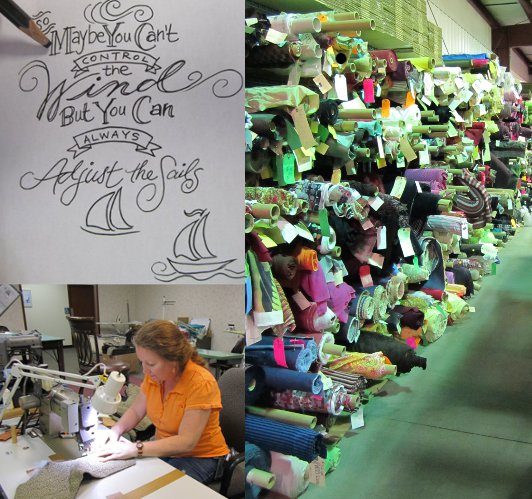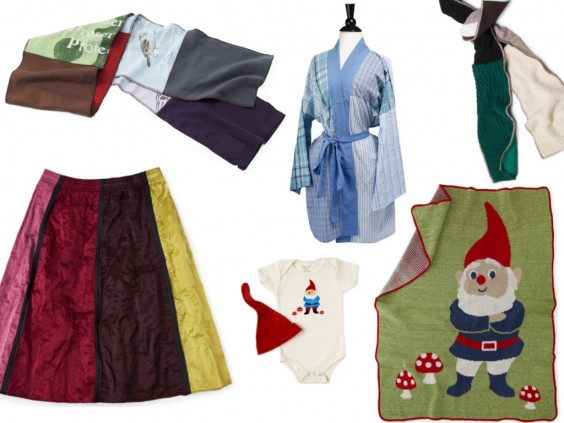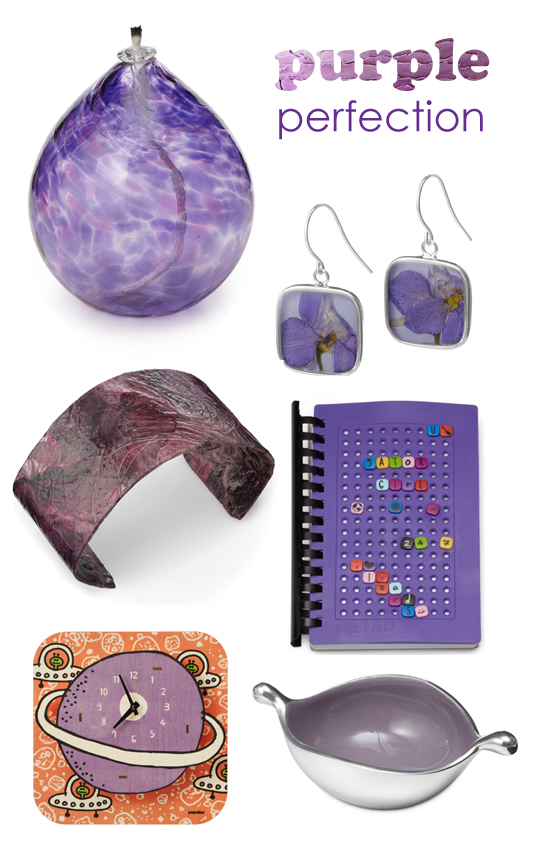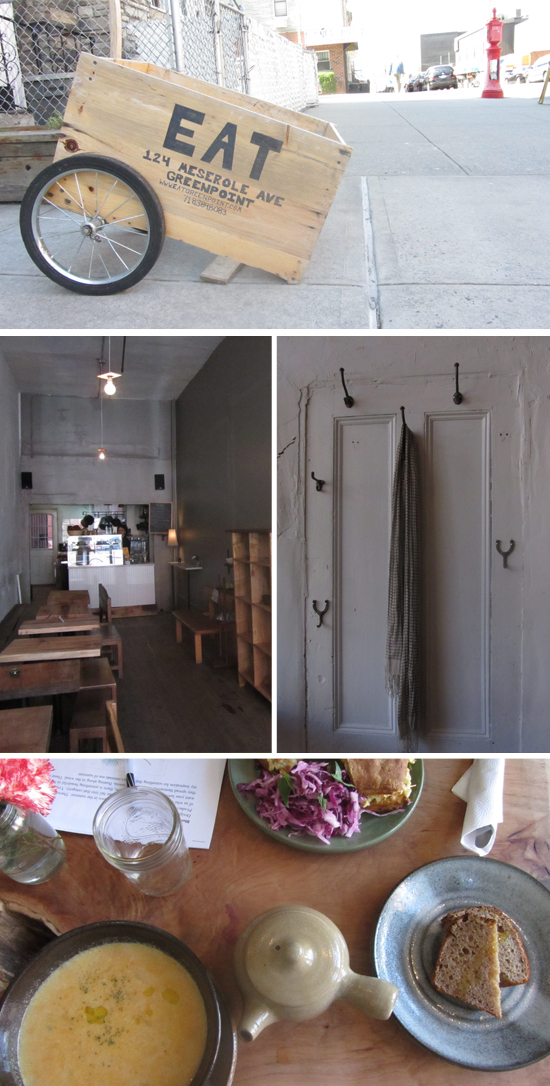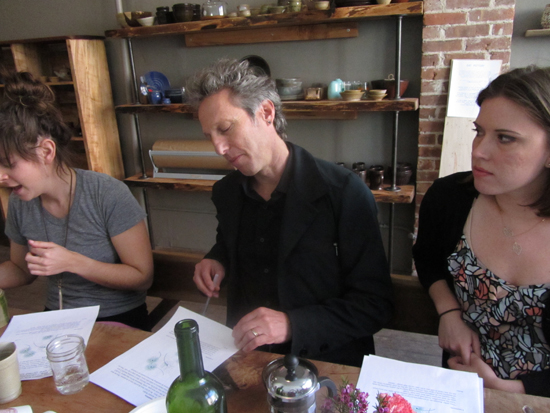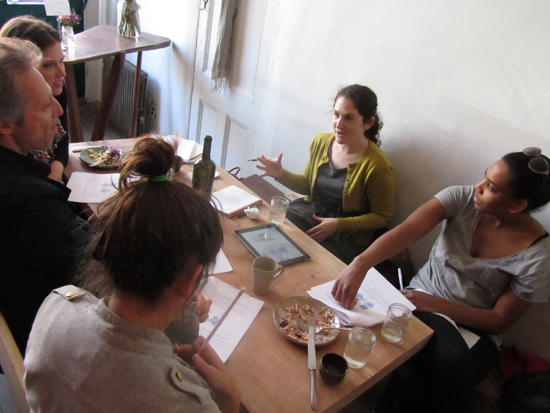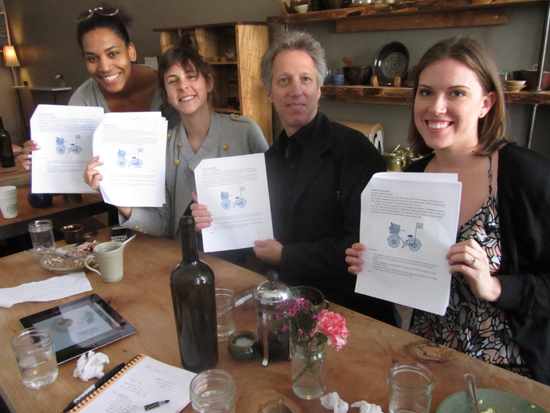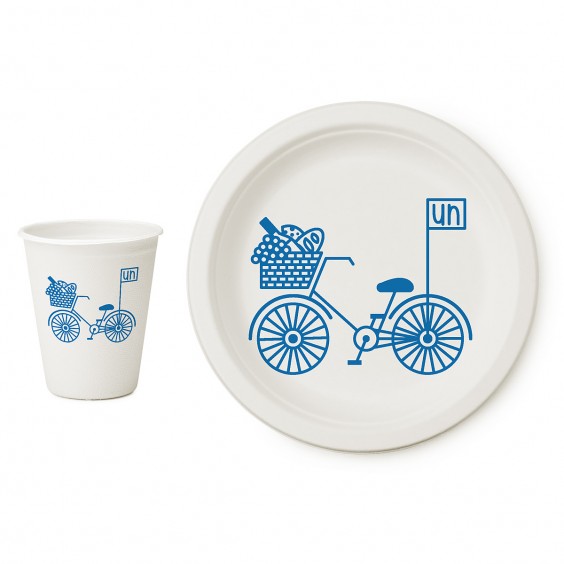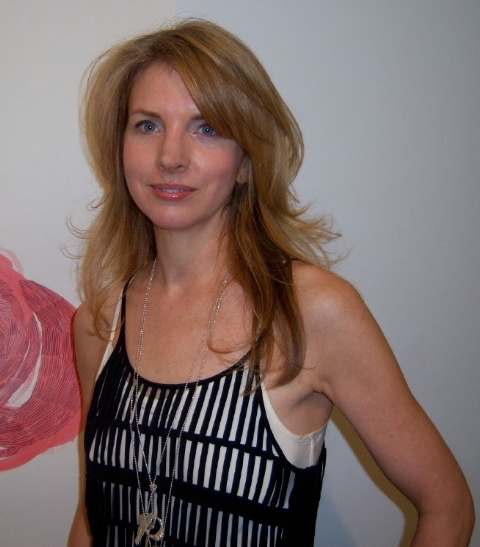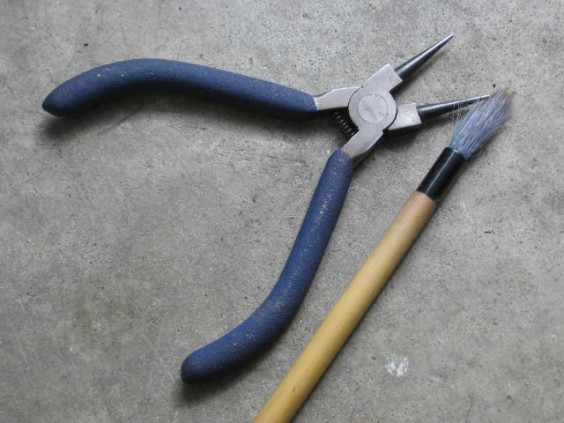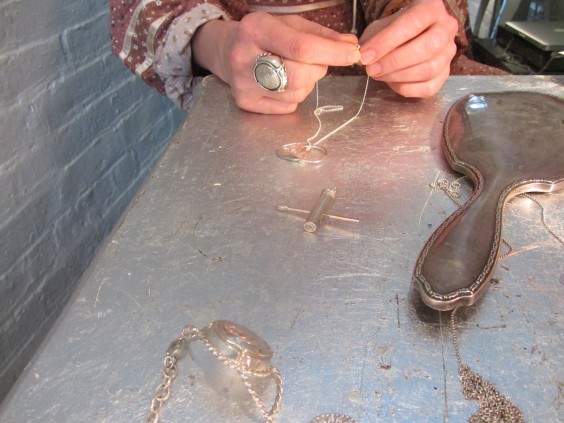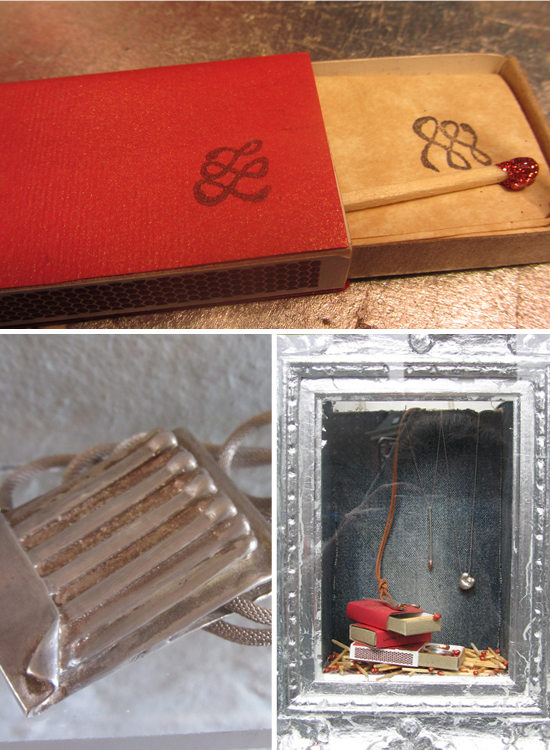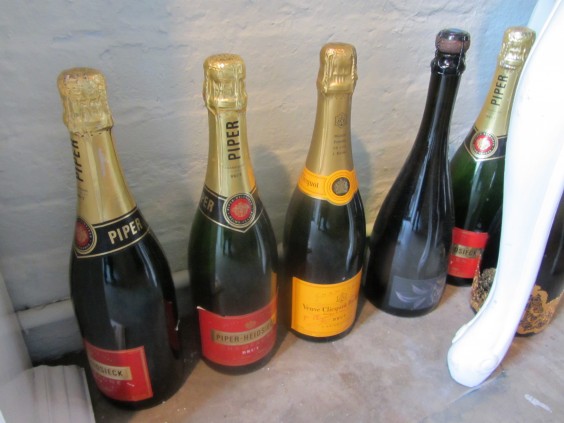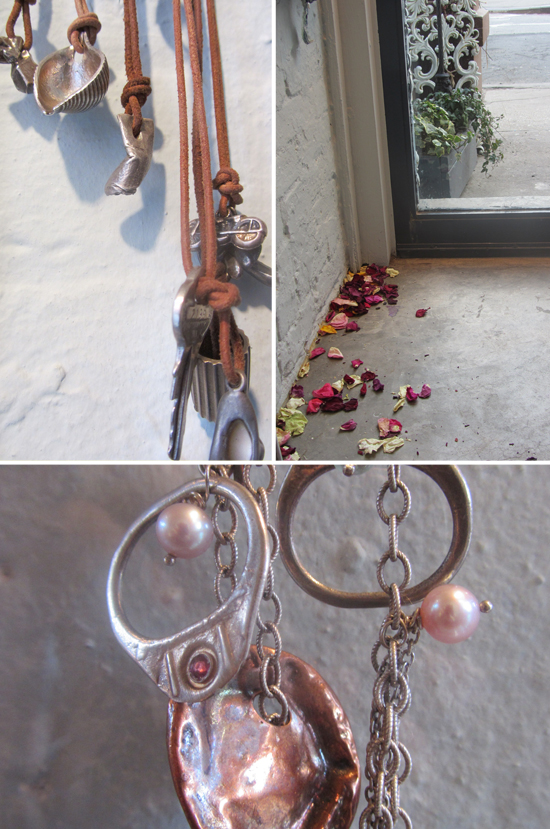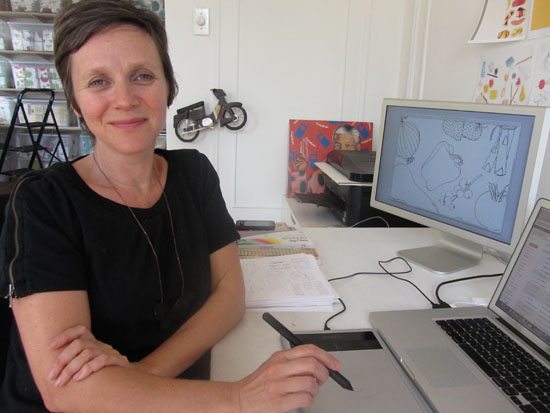
When the second floor of Claudia Pearson’s Brooklyn brownstone opened up, she knew it would be the perfect place to set up a studio. Claudia was using a corner of her family’s apartment to create illustrations for books, magazines and the merchandise she was creating. Space was getting tight as her two sons and business were growing so moving to the downstairs was an easy decision.
Claudia is the designer behind these graphic market totes*. She’s definitely not a new name around Brooklyn flea markets and I have admired her commercial work and illustrations for cooking magazines, so I was excited to visit her sunny studio and learn about her craft and her business.

